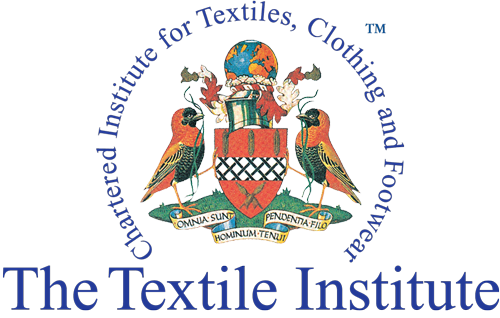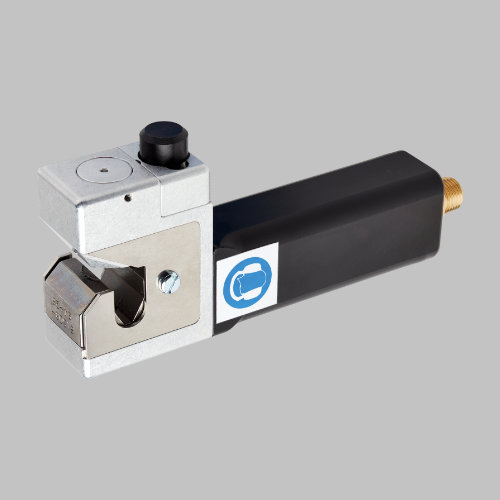
Product Specification
Splice format: Ends opposed.
Applications: Composites processes like filament winding, pultrusion, and weaving.
Yarns: Carbon fibre, glass fibre, aramid, Panox, synthetic C.F.
Yarn counts:Nm 0.11 to 200, 5 to 16000 tex.
Twist: Low twist.
Model 114 for Composites
Please see the new model here
For the heaviest rovings.
A bigger version of the Model 113, the 114 is a light, user- friendly tool designed for the composites market.
Exceeding the performance of our Models 113 and 701, the 114 range makes neat, strong joints in really heavy count yarns, typically big glass fibre and carbon fibre rovings, hitherto impossible to splice.
Half the size of most of our other splicers in base form, the 114 makes splices in tight spaces. When fitted with a full-length handle, it is functionally similar to a Model 113.
Capable of joining brittle yarns such as glass and carbon and joining inherently strong aramids, the Model 114 is unique – the only super-heavy-count splicer.
Using the Model 114
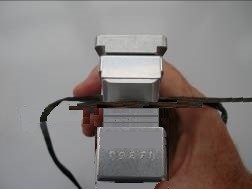
Press the trigger lightly, so that the pad closes, but no air blast emerges from the chamber. Check that the position of the yarn in the chamber is correct, and that the yarn can move freely through the chamber.
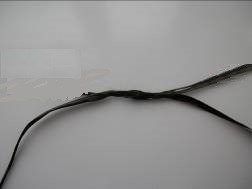
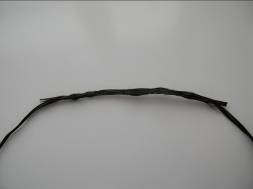
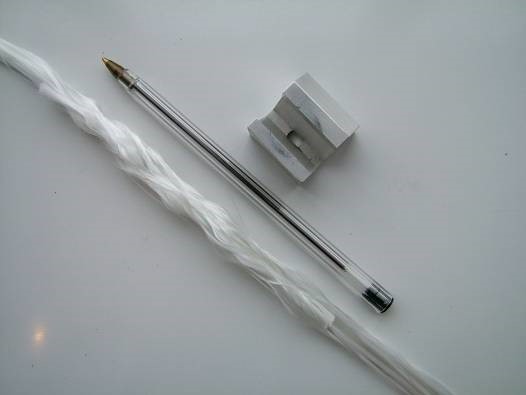
And that’s not all.
The operator has a number of operating parameters which can be changed at will, to optimise performance. The following variations are possible:
- Change the splicing chamber.
- Change the air pressure. (A built-in flow controller is an optional extra for the splicer)
- Change the length of overlap.
- Change the number of individual splices (three shown above).
As a general rule, the more prone to damage the fibre, the lower the air pressure should be. Clearly, parameters will depend on the requirements of the user, but we recommend as starting point the following air pressures:
Interested in the Product? Would like to find out more?


